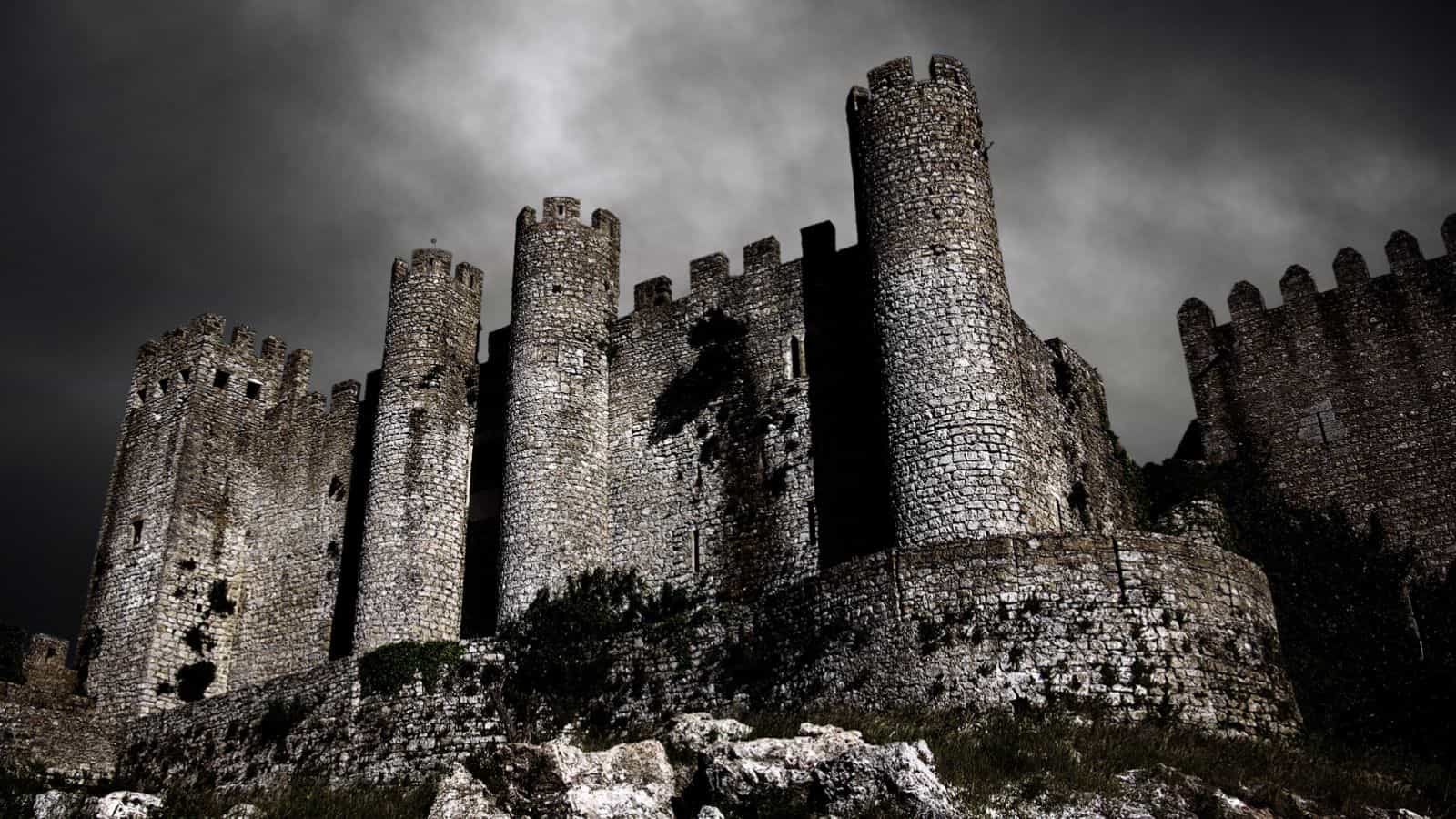For many, the Dark Ages, even from its name, conjures up images of grim, unprogressive civilizations. However, there’s much more to this medieval period than most people understand today. Today, we share some surprising facts that we believe everyone should know about this era.
Growth of Monasteries

The spread of monasteries played a key role in the Dark Ages, specifically in terms of inspiring creativity. As the Metropolitan Museum of Arts shares, “Medieval monastic communities shaped the development of the arts not only by their patronage but also by their creativity and inventiveness.” Monks also ensured the survival of classic religious, literary, and even scientific works.
Advances in Agriculture

Contrary to what many have been made to believe, the Dark Ages actually saw crucial agricultural innovations. Oxford tells us that there was an agricultural revolution, particularly for cereal farming, in the early medieval period that saw landowners use labor to support the rapid growth of towns, markets, and entire populations.
Climate Change

Climate change significantly impacted the Dark Ages. The Medieval Warm Period (MWP) brought warmer temperatures, which improved agricultural (cash crop) yields and supported population growth. This climatic shift profoundly affected medieval societies, influencing settlement patterns and economic stability. Famines and prosperous periods were also linked to these changes.
Rise of Universities
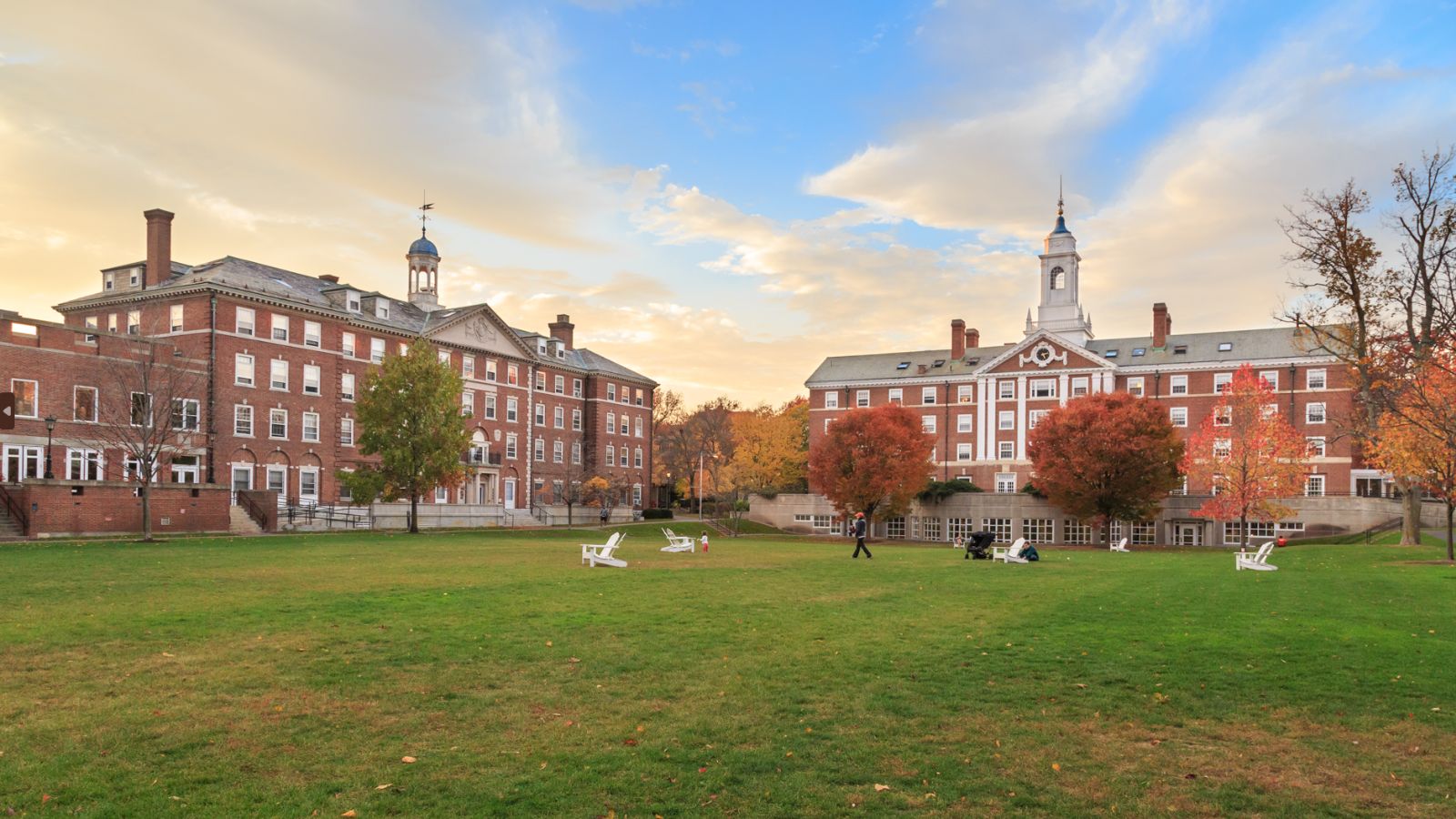
The Dark Ages also saw a rise in universities, bringing together learned individuals like lawyers, physicians, and diplomats to build a new society. There were universities in Bologna, Paris, and Oxford, and this time also saw the reintroduction of Aristotle’s philosophies into the West by Byzantine and Arab scholars.
Flourishing Art and Architecture
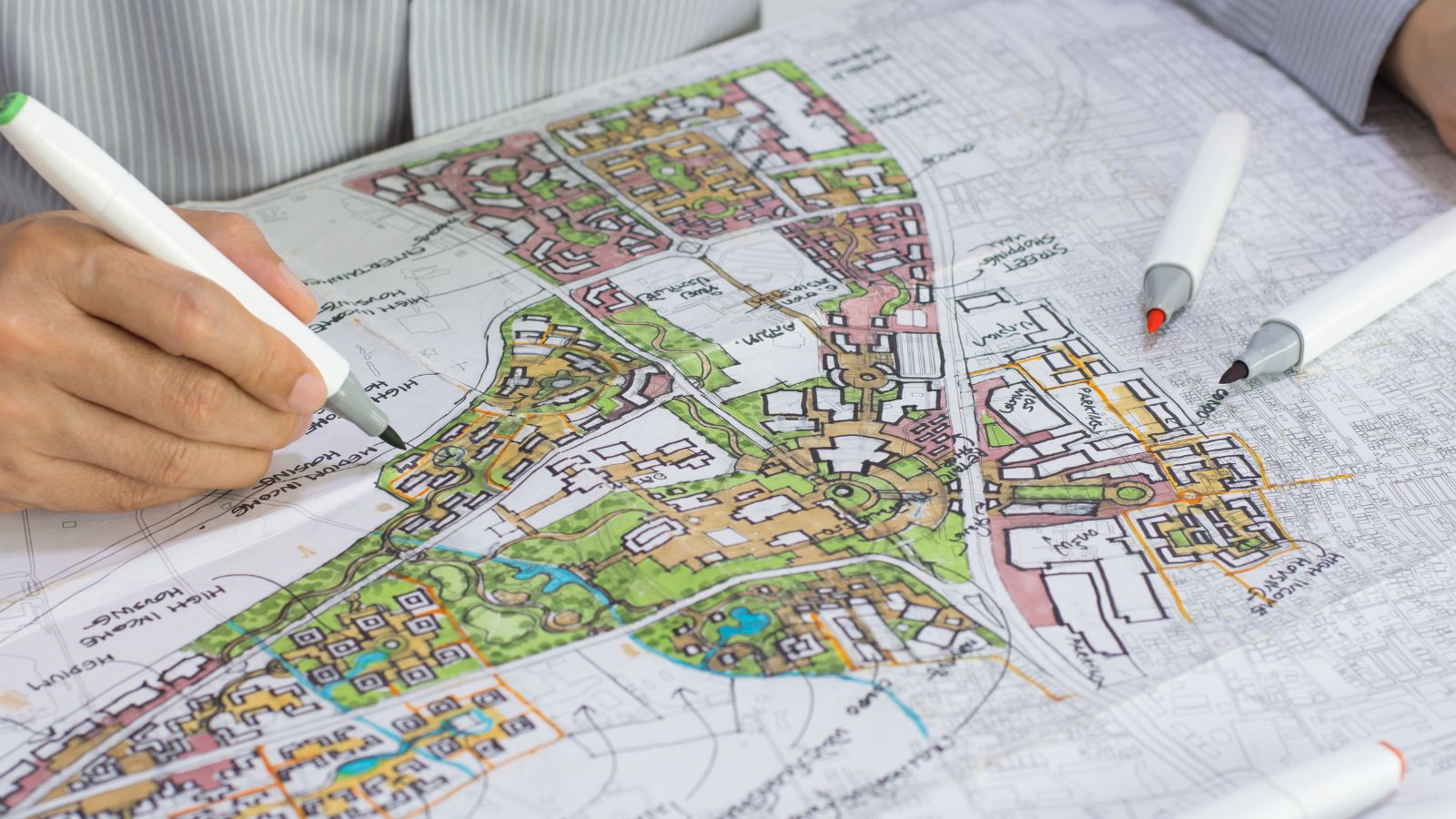
Art and architecture flourished during the Dark Ages, especially in Romanesque and early Gothic styles. Structures like the Cluny Abbey and Durham Cathedral showcase impressive architectural techniques and artistic achievements, contradicting the image of a culturally barren period. These buildings still inspire admiration today.
Medical Practices

Medical practices during the Dark Ages were more advanced than typically portrayed. Monastic hospitals provided care, and the use of herbal remedies and surgical techniques were also documented. Texts like the ‘Regimen Sanitatis Salernitanum’ offered comprehensive medical knowledge in neurology.
Viking Influence
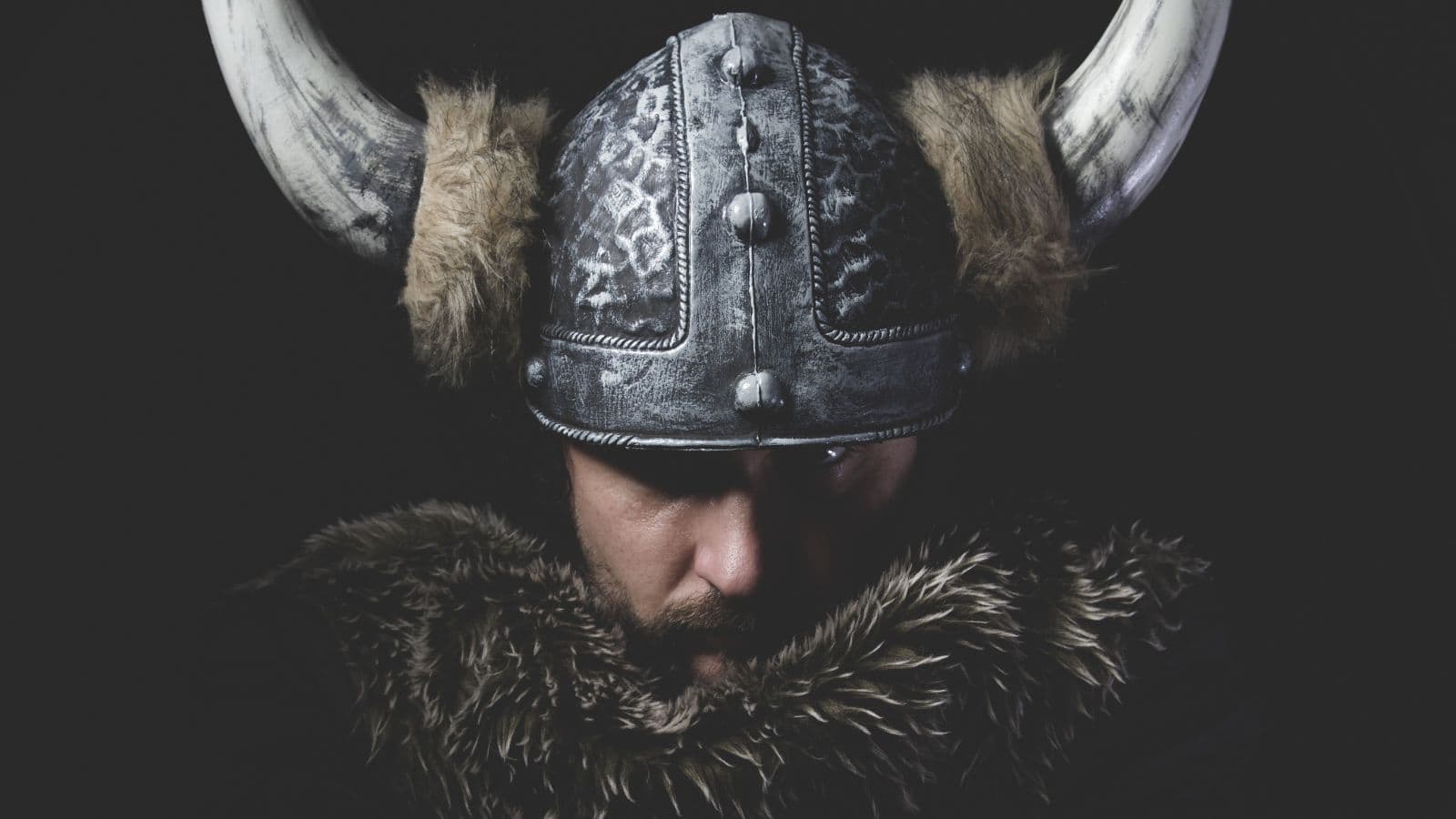
The Vikings, often seen as mere raiders, also contributed to the cultural and economic landscape of the Dark Ages. Their extensive trade networks connected distant regions, spreading goods, ideas, and innovations, which enriched medieval European societies. Viking craftsmanship and navigational skills were particularly influential during these times.
Role of Women
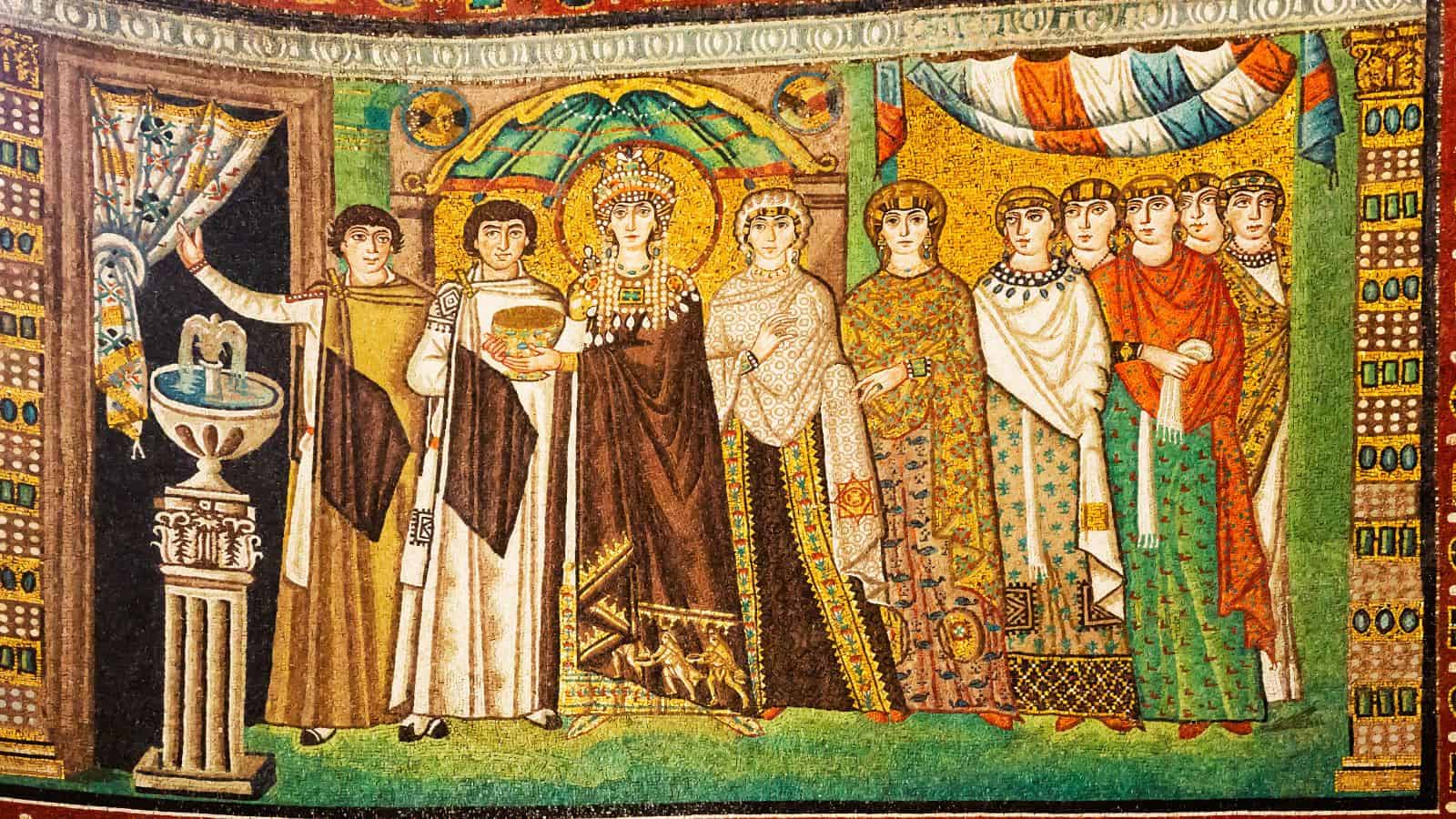
Contrary to popular belief, women in the Dark Ages often held significant power and influence. Figures like Eleanor of Aquitaine and Empress Theodora played important roles in politics, culture, and the church, profoundly shaping history. Their legacies continue to be studied today.
Scientific Knowledge

Scientific knowledge did not vanish during the Dark Ages. Scholars in the Islamic world preserved and expanded upon Greek and Roman scientific texts, making significant advances in fields like astronomy, medicine, and mathematics. These later influenced European science and constituted much-needed intellectual continuity that was vital for future discoveries.
Technological Innovations

The Dark Ages witnessed numerous technological innovations, notably enhancing agricultural and industrial practices. For instance, water mills and windmills revolutionized energy production, while developments in metallurgy improved tools and weaponry. These advancements laid the foundation for further technological progress in subsequent centuries.
Cultural Syncretism
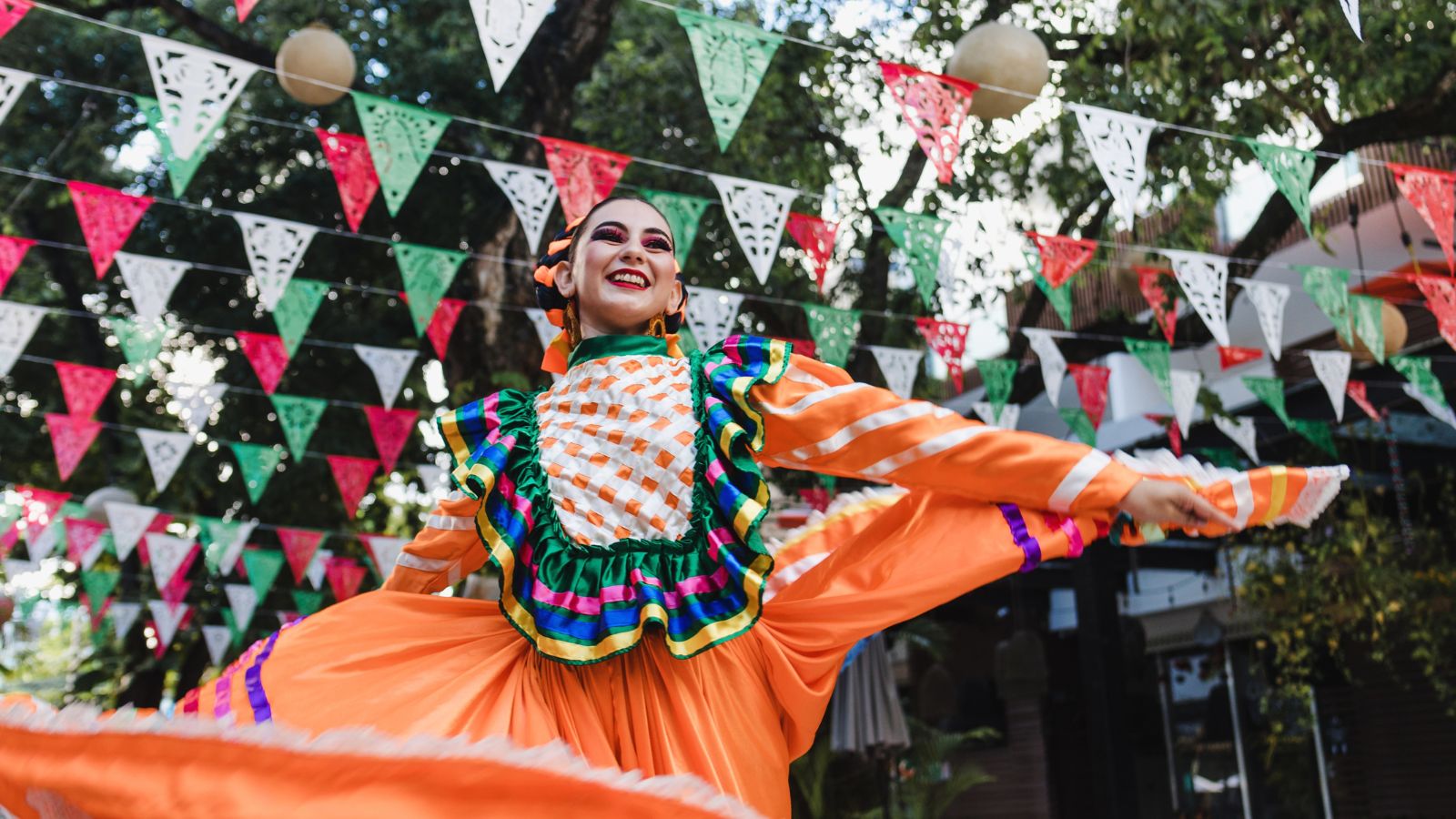
The Dark Ages were marked by cultural syncretism, where different traditions and practices blended. This period saw the fusion of Roman, Christian, and Germanic cultures, creating a rich and diverse cultural tapestry that shaped medieval European identity. Festivals and artistic expressions often reflected this cultural blending.
Literacy Culture

Although they weren’t as widespread as they are today, literacy and literature flourished in specific regions during the Dark Ages. The production of illuminated manuscripts preserved by scribes, such as the Book of Kells, and the proliferation of vernacular literature reflected a vibrant literary culture that opposed the era’s ‘dark’ label.
Economic Networks

Despite challenges, economic networks thrived during the Dark Ages. Trade routes connected Europe, the Middle East, and Asia, facilitating the exchange of goods, ideas, and technologies. Merchants and traders were vital in these interactions, and these connections helped sustain and even enhance economic activity across continents.
Religious Diversity
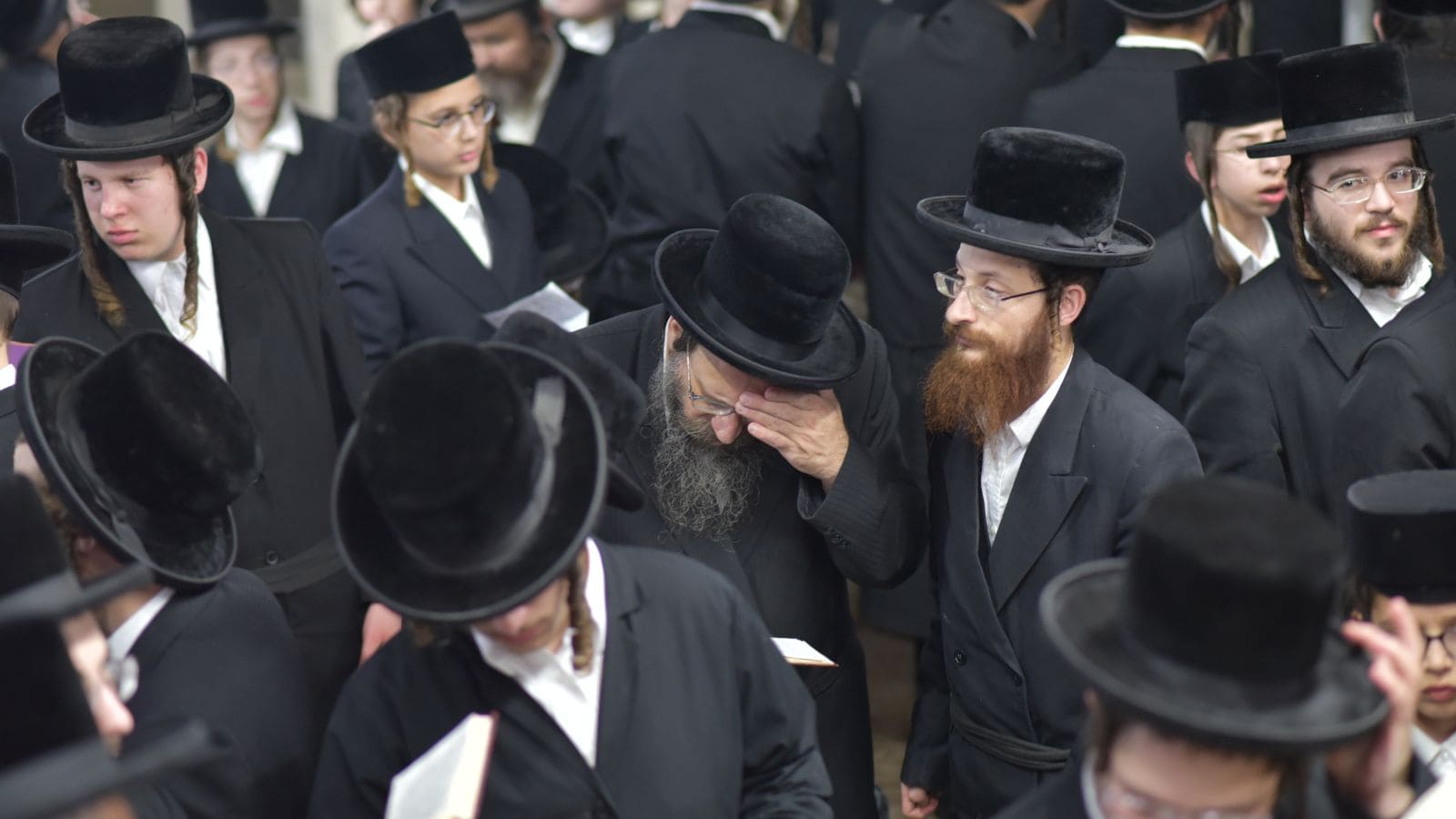
The Dark Ages were not solely dominated by Christianity. Pagan, Jewish, and Islamic communities coexisted and interacted, contributing to a complex religious landscape. These interactions influenced theological debates, cultural practices, and everyday life in diverse ways. Yes, religious tolerance varied, but exchanges were common.
Population Movements

Significant population movements occurred during the Dark Ages, including the Migration Period’s waves of Germanic tribes and later Viking expansions. These migrations reshaped European political boundaries, cultural identities, and social structures. The blending of different peoples led to dynamic and evolving communities.
Warfare and Conflict
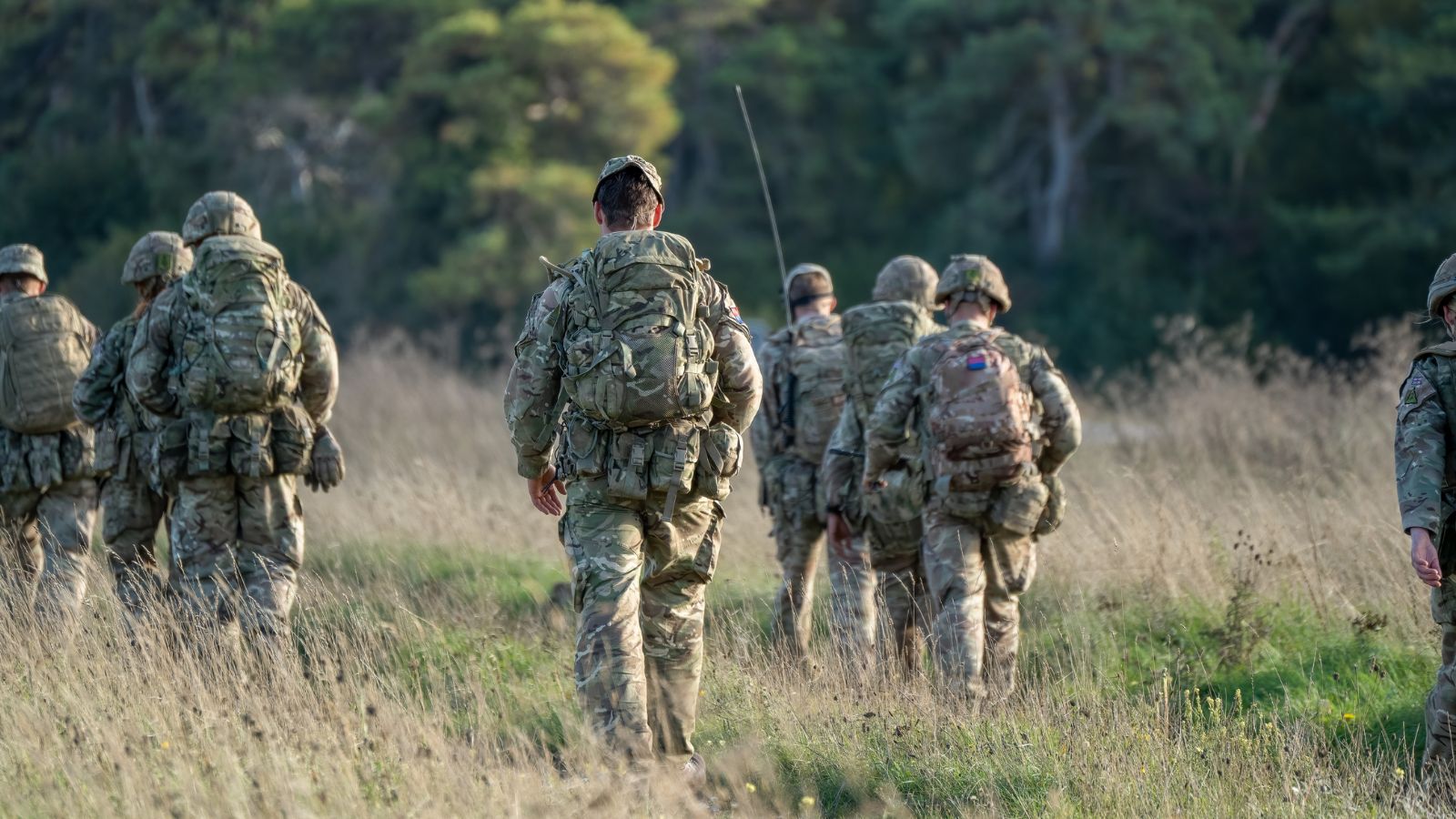
Warfare and conflict were prevalent but not always destructive in these times. The constant state of flux led to the formation of new political entities and alliances. Feudalism emerged as a dominant social structure, organizing societies in ways that provided stability amidst turmoil. Knightly orders and military innovations also developed.
Artistic Achievements

Artistic achievements in the Dark Ages extended beyond architecture. Illuminated manuscripts, intricate metalwork, and detailed mosaics reflect a high level of craftsmanship and aesthetic sophistication, challenging the notion of a culturally stagnant period. Artisans and craftsmen were highly valued for their skills.
Urban Development

Urban development did not halt during the Dark Ages. Cities like Constantinople, Cordoba, and Aachen thrived, becoming trade, administration, and culture centers. These urban hubs played crucial roles in maintaining economic and social continuity throughout the era during which urban planning and infrastructure strategies also saw advancements.
Legal Systems

Legal systems evolved during the Dark Ages, laying the groundwork for modern law. Law codes were often adapted to local customs, and codes like the Salic Law and the Corpus Juris Civilis provided frameworks for justice and governance. They influenced legal traditions that continue to shape contemporary legal systems.
Up Next: 18 Worrying Facts About Life in Medieval Times
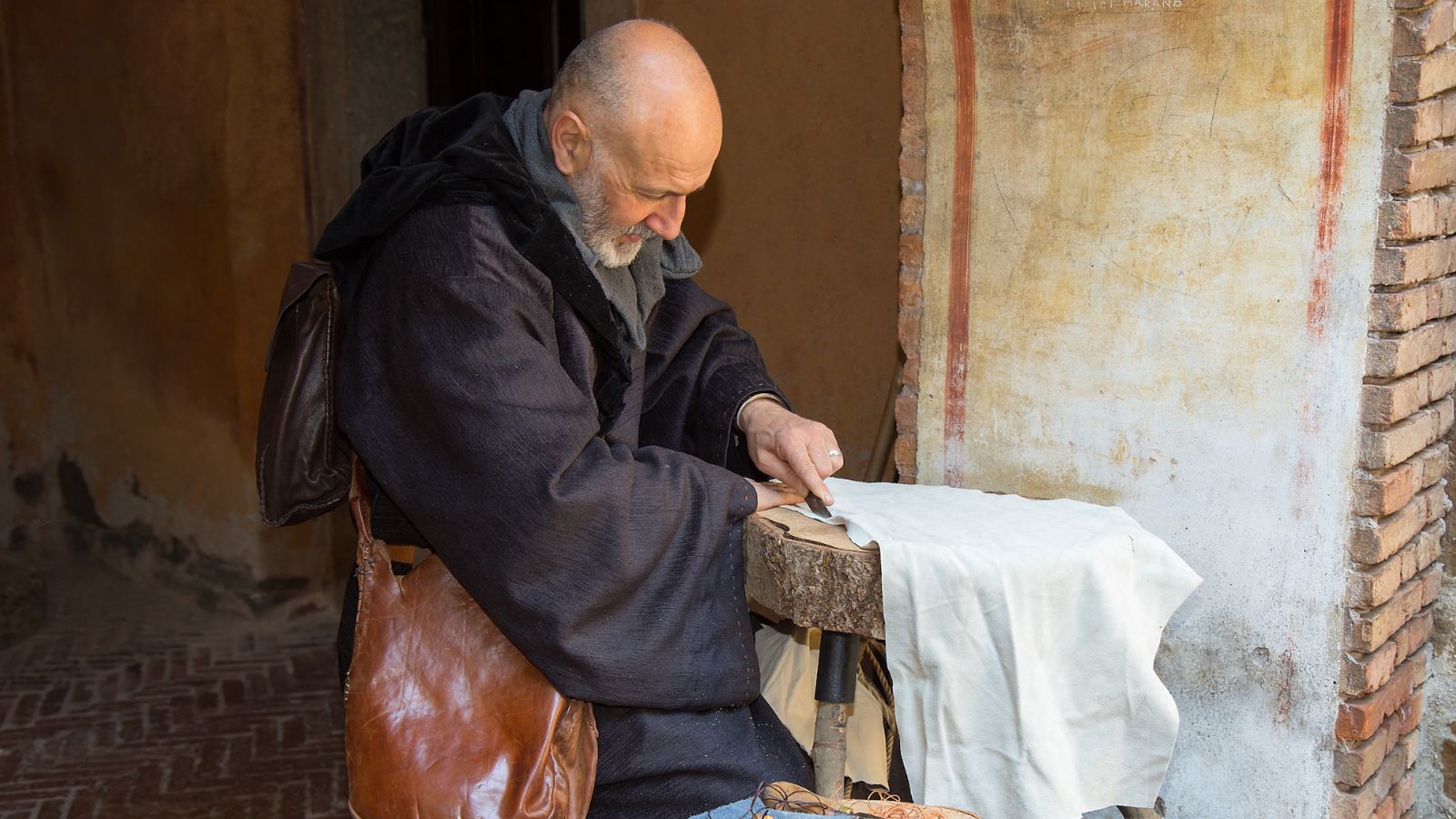
The Middle Ages, also known as the medieval period, lasted from 500 AD to 1500 AD and is usually subdivided into the Early, High, and Late Middle Ages. Life in the medieval period was often brutal, with gruesome punishments, wars, and plagues. Here are 18 terrifying facts about life in the medieval period.
18 Worrying Facts About Life in Medieval Times
19 Easy Ways to Fall Back Asleep After Waking Up in the Middle of the Night

We’ve all been there—it’s dark, quiet, and you’re tired, but you’re still constantly tossing and turning, only to finally fall asleep minutes before the alarm goes off! Waking up throughout the night isn’t just frustrating; it also seriously impacts your energy levels. This article focuses on 19 scientifically proven methods that may help you drift back off more easily.
19 Easy Ways to Fall Back Asleep After Waking Up in the Middle of the Night
17 Things That Are Too Woke For Boomers

Our society is so different from what it was decades ago, and boomers don’t like much of what everyone considers normal in today’s society. In this light, here are 17 things about ‘woke culture’ that particularly make boomers uncomfortable.

